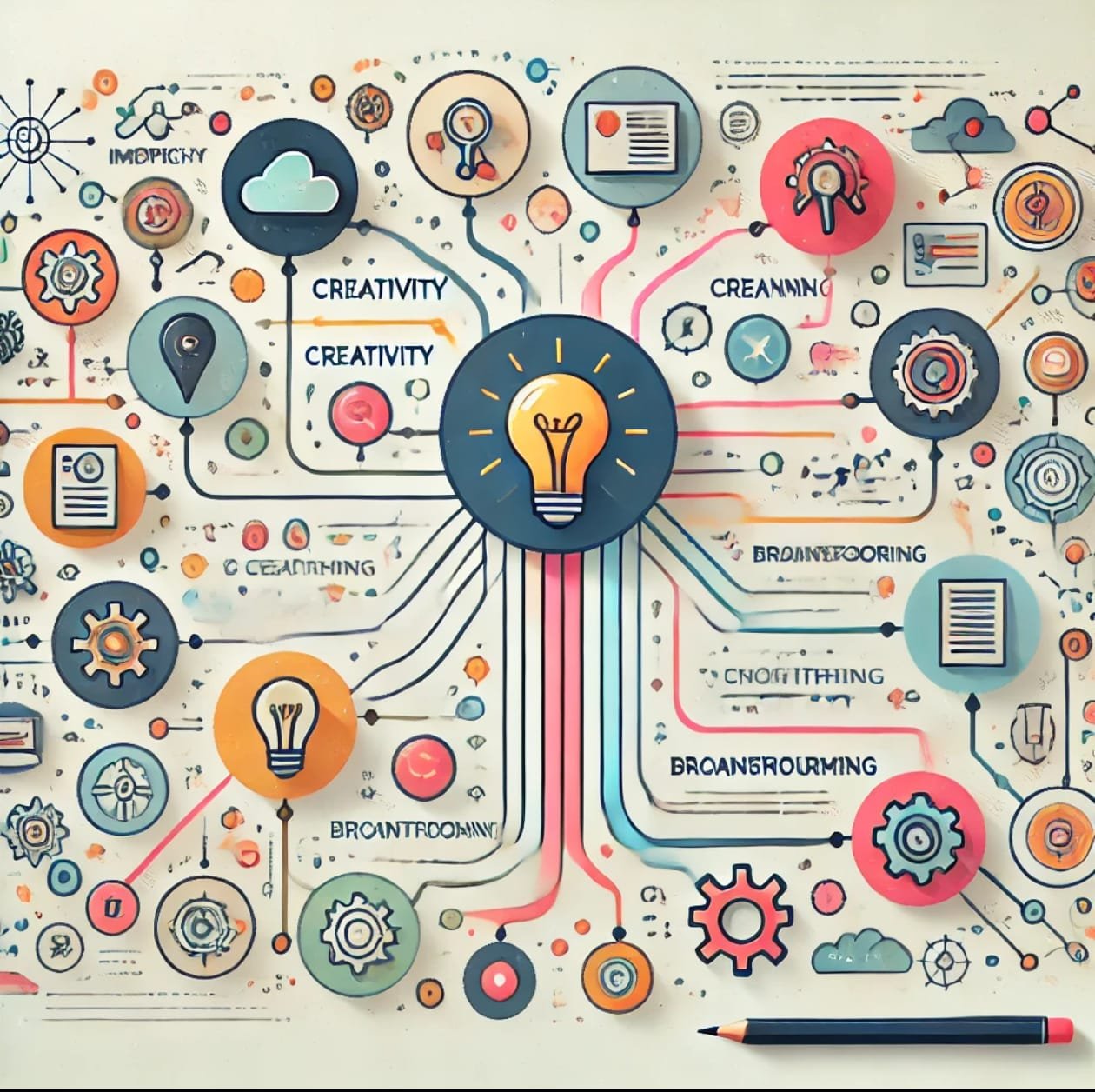Definition:
Mind mapping is the visual representation of ideas, concepts, or thoughts that can be arranged non-linearly and hierarchically. It helps in organizing information, generating new ideas, and solving problems.
Mind mapping benefits:
- Memory and Recall: Visualizing is a great way of hammering information into memory so that it can be recalled later on.
- Creativity: Mind maps provide the basis for brainstorming that promotes free-flow ideas, hence enhancing creativity.
- Complex Problem Solving: To solve complex problems, they can be broken down into manageable pieces, making it easier to solve.
- Note Taking: Mind maps provide a neat and visually simple way with which a student can take notes, hence making sure there is easy review and eventually, absorption of information.
- Better Communication: Mind maps could clarify and concisely express ideas and concepts, especially in group settings.
Creating a Mind Map:
- Begin with a central idea: Write the topic of the paper or related project in the center of the page.
- Draw main branches: Start drawing branches outward from the central topic to show appropriate categories or subtopics related to the central topic.
- Sub-branches: Further divide the main branch into sub-branches to show detailed pieces of information or ideas.
- Use color and picture: Please use color and picture to make the map attractive and easier to remember.
- Connect ideas through lines and arrows: Use lines or arrows to illustrate the relationships and connections among ideas.
Mind Mapping Tips:
- Use keywords only: Avoid essay writing with full sentences; rather, use commands and highlight key concepts.
- Draw clearly: Clear branches and easy-to-follow lines of connection are imperative.
- Be consistent: Use colors, shapes, and symbols consistently throughout the mind map.
- Review and refine: Keep your mind maps under regular review and update and improve them according to your needs.
- Share with others and collaborate: Share mind maps for others’ comments and ideas.
Uses of Mind Mapping:
- Brainstorming and Idea Generation: Generate new ideas and explore different perspectives.
- Planning and Project Management: Organizing tasks, priorities, and progress tracking.
- Note-Taking and Summarizing: Capture and condense information given in presentations, meetings, or readings.
- Problem Solving and Decision Making: Decompose problems, identify possible solutions, and analyze options.
- Concept Mapping: Visualize relationships or hierarchies between concepts, ideas, or events.
Mind mapping is very flexible; it helps you visualize and connect ideas, enhance creativity, improve thought processes, and solving problems. In fact, it creates an mind map which clearly represents the flow of information, leading to correlating thoughts easily.
